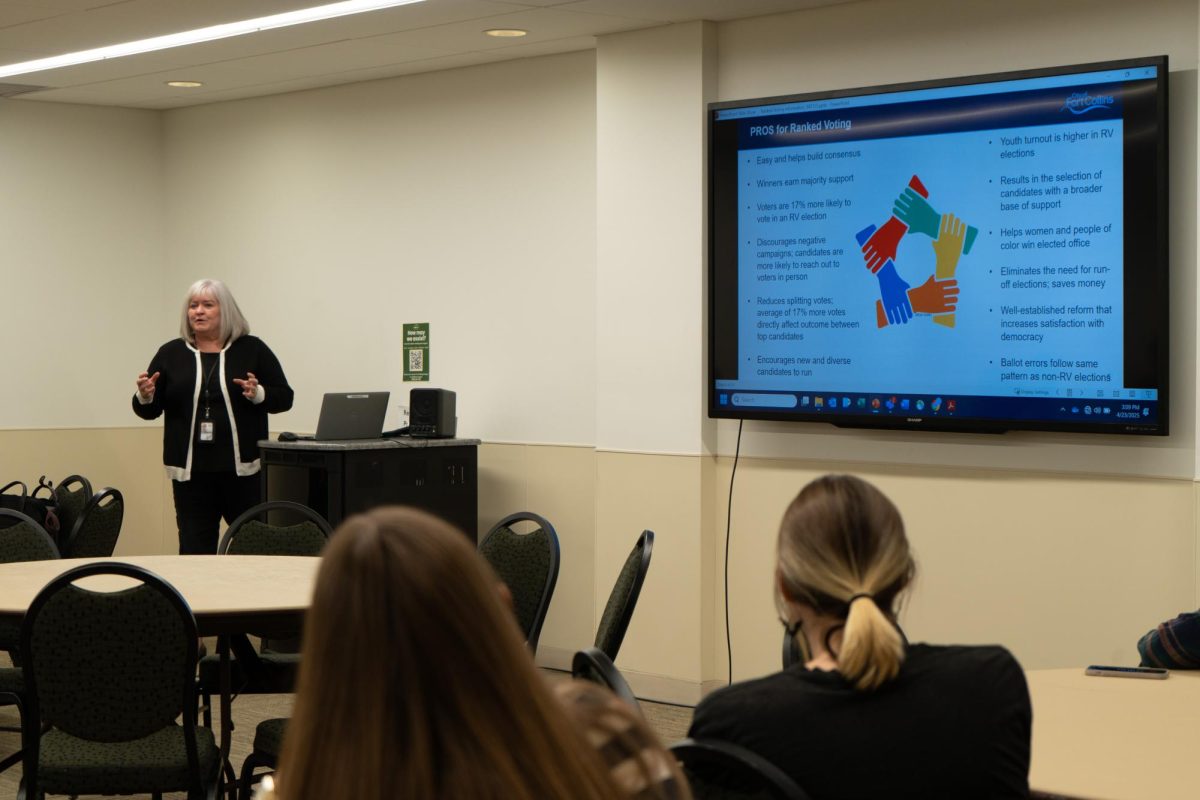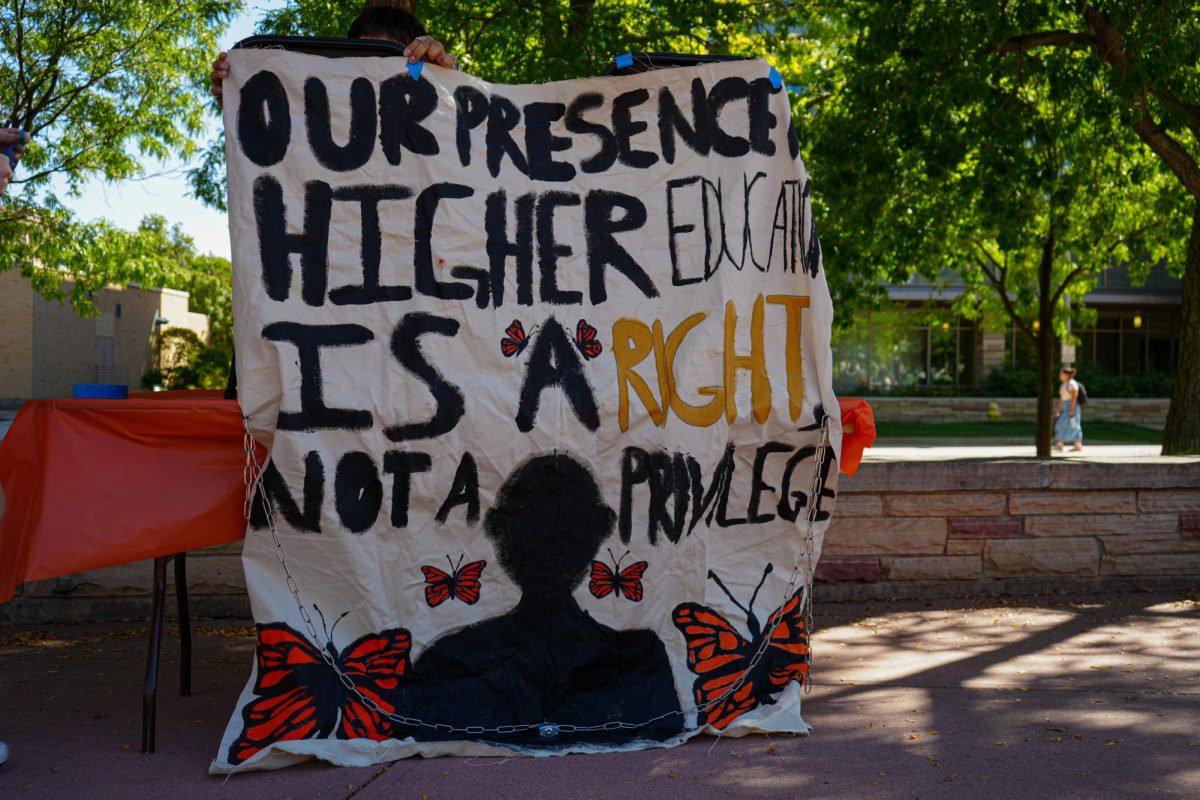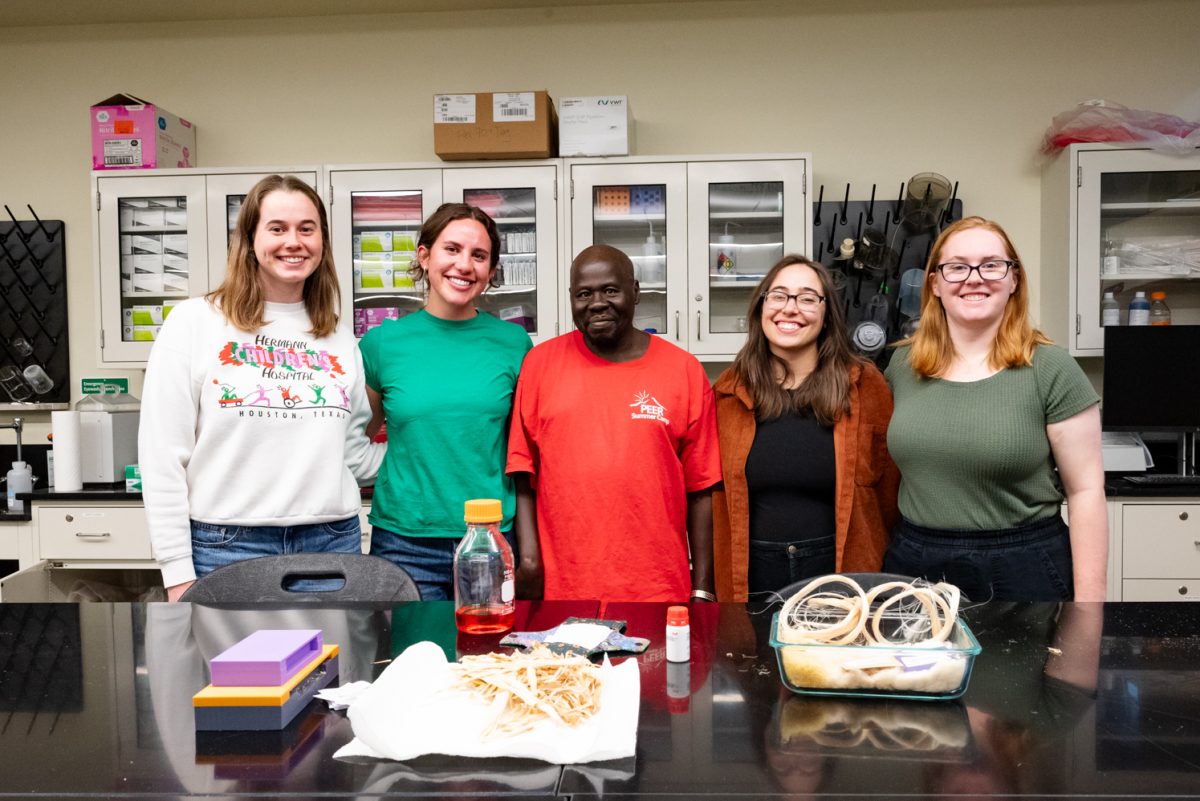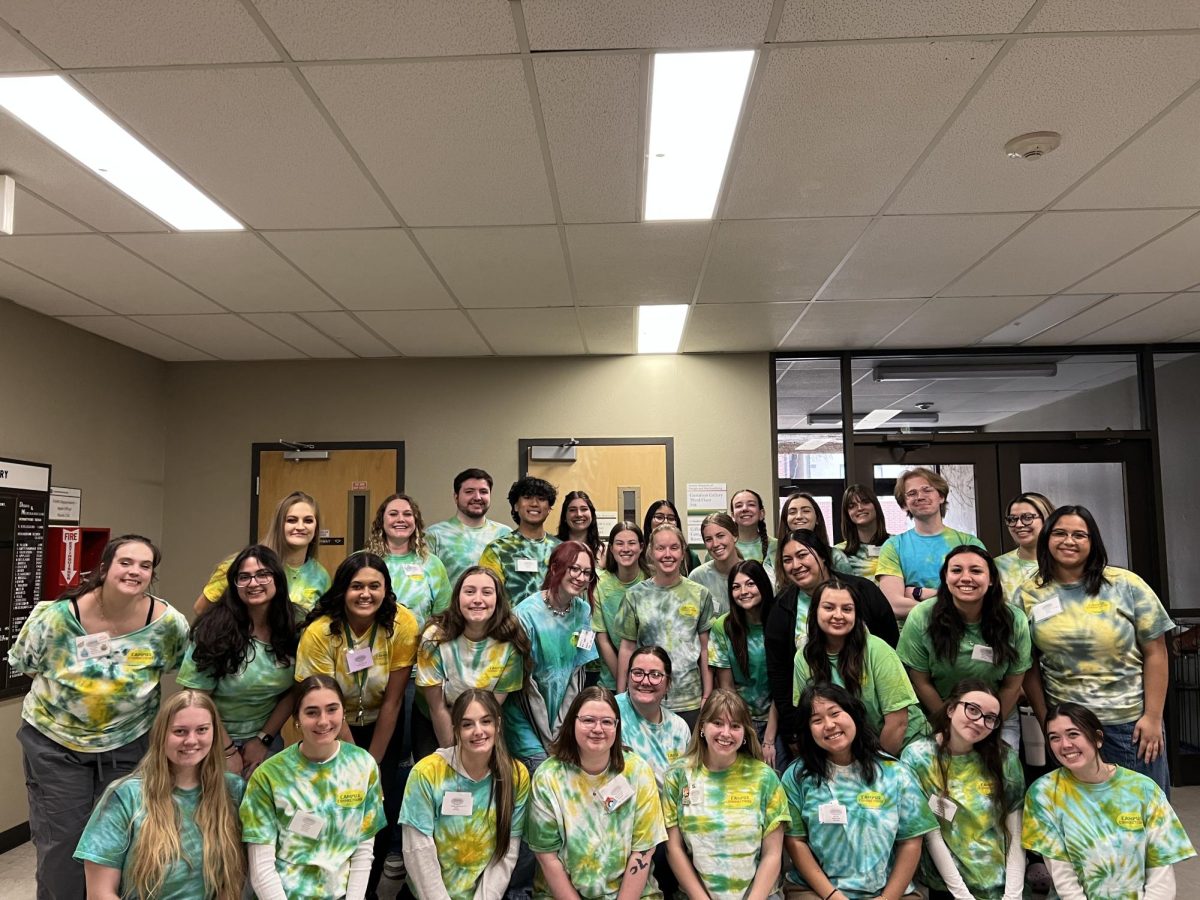
In a normal day, the modern-day miner is exposed to hazards such as natural gases, small, enclosed areas and hazardous tools and machinery. In an extreme situation, such as a mine collapse, it can be nearly impossible to locate and rescue trapped miners under these conditions.
A team of Colorado State University researchers may have found a solution – an underground wireless tracking and communications system that uses a combination of smartphones and sensor nodes planted strategically throughout the mine to improve miner safety.
Sudeep Pasricha, an associate professor in the department of Electrical and Computer Engineering, is the principal investigator and research lead for the project. Pasricha described the system as being “cyber-physical,” which combines computer technology, such as GPS, with physical components, such as sensor nodes, to create a tightly integrated system.
Current deep-mine communication systems use bulky devices and cables, which are particularly at risk during an emergency situation such as a tunnel collapse. Pasricha hopes to understand how to improve wireless signals in underground environments and develop methods to contact others reliably while deep underground.
“None of this is possible today,” Pasricha wrote in an email to the Collegian. “Our team has unique expertise in all three of these areas to make innovations that when combined will result in the low cost cyber-physical infrastructure we envision.”
The smartphone would be used in combination with sensor nodes placed throughout the mine to alert other miners about hazardous conditions or to communicate with trapped miners, and to keep track of the locations of miners who may be deep underground and out of reach from normal contact.
Notaros estimated that implementation of the wireless system could cost around $10,000 for a five kilometer underground mine. A traditional wired system could cost more than $100,000. The cost ultimately comes down to the constraints and unique traits of each mine on a case by case basis, but is expected to be about 10 percent the cost of a normal communication and tracking system.
“The big challenge, of course, is that cellular and wifi signals do not work underground, so we will create the entire system to support such smartphone-driven intelligence,” Pasricha wrote.
Branislav Notaros, director of the CSU electromagnetics laboratory and co-lead on the project, said that finding optimal locations for the sensor nodes would be a particular challenge due to the labyrinth-like layout of mines – finding where miners tend to congregate, move and stay stationary could be difficult to map out. Additionally, Notaros noted that smartphones could run out of charge while working in the mines.
Notaros said the wireless system would be “applicable to any mine,” but would be most beneficial in emergencies, such as mine collapses and other potentially fatal deep-underground hazards unique to the mining industry.
“The goal is to have this wireless system underground that will basically improve sensing communications and tracking of miners,” Notaros said. “It is not meant just for every day operation, but will be extremely useful for extreme situations.”
The project is expected to be developed over the next three years, but Pasricha said that it could take as long as four years, given the enormous complexity of the project. Eventually, Pasricha hopes that the prototype could be used to save the lives of miners around the world after being developed in the U.S.
Pasricha and his team plan to create a prototype of the wireless system in the now-defunct Edgar Mine, which is owned by the Colorado School of Mines for experimental uses. Edgar Mine was once a prominent silver and gold mine before it was turned into an underground classroom for the Colorado School of Mines.
The Hecla Mining Company has already promised to try out the prototype at Lucky Friday Mine, an active silver, lead and zinc mine in Northern Idaho. While the project is far from being completed, Notaros said it is the best way to make sure the system works as intended, as there is only so much you can do in a non-working mine.
“We will probably use our students as miners to demonstrate this cyber-physical system (at Edgar mine),” Notaros said.
The project is expected to officially begin development October this year.











